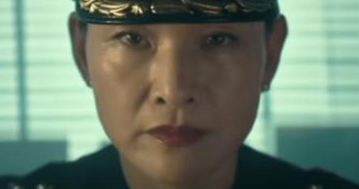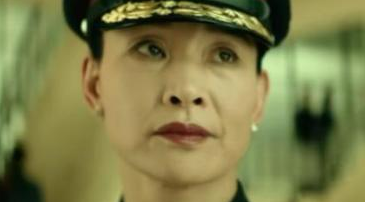1. Introduction
The role of make-up in film in characterisation is multifaceted. It not only enhances certain characteristics of the character, reveals the character's inner self to a certain extent, but also enhances the coherence of the narrative and the visual aesthetics of the film. The film "Sheep Without a Sheperd", focuses on the four members of the family of Li Weijie, who have settled in Thailand, and their fight against the local police, who have abused their private power. The main character studied in this paper is the police commissioner in the film, Lawen.
This paper will start with the main make-up of the character Lawen in the film "Sheep Without a Sheperd," from the costume modelling and character make-up in two specific aspects, mainly using the literature review and case study as two research methods. The literature review is mainly from the perspective of costume modelling on the character, shaping the impact and role as well as make-up in the film of the aesthetic value of the analysis, so that this paper's research content has a certain degree of theoretical support; the case study is the main Take the film "Sheep Without a Shepherd" as an example, around the role of Lawen, the literature review of the content of the theory of specific analysis, further interpretation, so that readers can better understand the significance of make-up for the film characters. It is hoped that the research in this paper can make more people pay attention to the role of make-up in the film, and provide a direction of improvement to enhance the quality of the film.
2. Literature review
A review of the relevant literature reveals that film is an audiovisual communication medium that conveys information to the audience [1]. An important dimension in the aesthetic analysis of cinema is the scene, which refers to all the visual elements of a theatrical production within the space provided by the stage itself [2]. Elements such as space, costumes and performances are collectively referred to as "scenes" and play a crucial role in creating atmosphere and meaning for the camera [3]. To make a film, there are many elements that need to be supported, one of which is the make-up and costumes in the scene.
In early silent films, the application of make-up has very obvious limitations due to technical reasons. However, with the progress of science and technology the application of make-up in films has become more and more diversified, and has gradually developed into an important tool capable of displaying characters' backgrounds, character traits, and identity status [4]. Film and television costume refers to the costume design in movies, TV dramas and other TV series to better display the identity, characteristics and plot of the characters in the drama, and the costume is the most expressive element in visual arts such as film and television [5]. In a film, it is possible to study the history and culture of the overall story of the film through the costumes of the characters [6]. Costumes can be a reflection of a character's state and mood. The costumes of the main characters can also be symbolic, conveying some deep meaning and emphasising the theme of the film [7]. At the same time, as the actor's own image needs to have a certain degree of correlation with the character, the costume also needs to take into account the actor's own features, temperament and other factors in order to more accurately express the character's personality [6]. Therefore, costumes and make-up play a very important role in the artistic expression of films.
3. Case studies
The film "Sheep Without a Shepherd" mainly tells the story of a network company to maintain a living Li Weijie family and the local power of the game. Originally, the family of four lived a quiet and peaceful life, but the eldest daughter, Ping Ping, participated in the summer camp activities, the original peaceful life was suddenly broken. Sucha (the son of the police chief, Lawen) has assaulted Ping Ping at the camp and is trying to do so again. In an argument with Sucha, her mother Ayu, who is trying to protect Ping Ping, accidentally hits Sucha on the back of the head with a hoe, causing him to swallow his tongue and causing a false death, and then Li Weijie rushes home to hide Sucha's body [8]. The police chief, Lawen, discovers his son's disappearance and launches a series of investigations.
3.1. Analysis of Lawen's make-up
3.1.1. Lawen's police uniform make-up at the beginning of the film
Lawen first appeared in the process of solving a difficult case. From Figure 1 and Figure 2, it can be clearly and intuitively seen that the character of Lawen is mainly in red lipstick and black eyeliner as the highlight of the makeup, in order to highlight her strong aura and self-confidence and the character's position in the film's story, as well as the ability to solve the strange cases. The image of a strong police chief is created for the audience right from the beginning of the film.
|
|
Figure 1: Character's first appearance | Figure 2: Close-up of a character |
3.1.2. Lawen's police uniform make-up in the middle of the film
The make-up in this sequence is located in the latter part of the film, which focuses on Lawen's continued investigation after she discovers her son. As can be seen in Figure 3, Lawen's make-up at this point still has a rather obvious black inner eyeliner, but the positive red lipstick has been replaced with a light soya bean colour, which softens the whole make-up, and diminishes Lawen's originally strong aura. The colour change in the make-up also gives the audience a sense of Lawen's anxiety as well as worry over her son's disappearance.
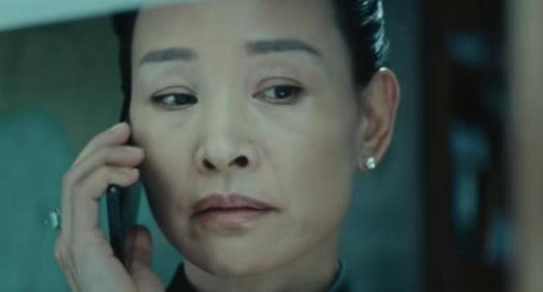
Figure 3: Lawen investigates the disappearance of Sucha
3.1.3. Lawen's home make-up at the end of the film
Figure 4 appears in the film's closing sequence, where Lawen has failed to find the remains of Sucha, and under the double torment of experiencing career setbacks as well as the disappearance of her son. As can be seen from the picture, the character of Lawen no longer has eyeliner and lipstick as accents at this point in time. As a villainous character, Lawen looks like a tough, hardened and powerful police officer, but her heart is also soft and vulnerable when facing her son [9].
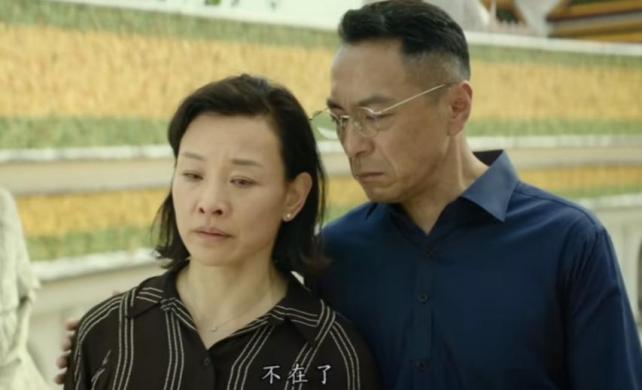
Figure 4: End of the film: Lawen seeks the truth
3.2. Analysis of Lawen's clothing
3.2.1. Uniforms for the police in Lawen
From the comparison between the police costume of Lawen and the uniforms of the main police characters appearing in the film in Figure 5 and Figure 6, it can be clearly seen that the rank on the shoulder of Lawen's uniform is more than that of the other two characters. The shoulder rank reflects the class relationship between the three characters, and Lawen is the highest-ranking character of the three.
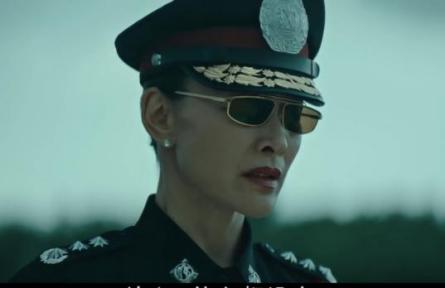
Figure 5: Uniform of the Chief of Lawen
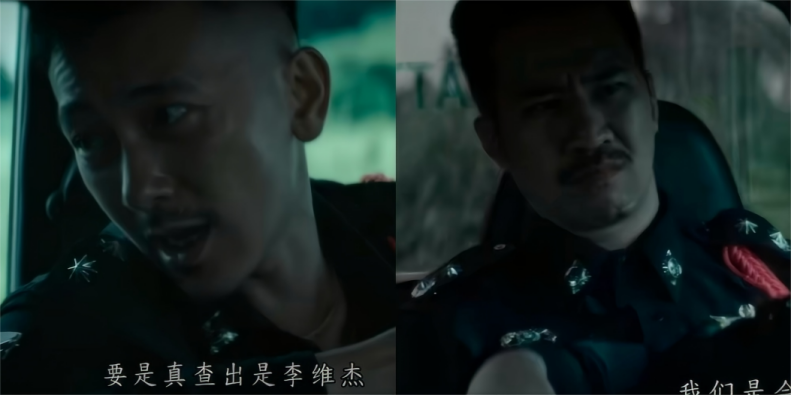
Figure 6: Other major police roles in the film
3.2.2. Lawen and Sucha's photo-shoot outfit
A parent-child photo of Lawen and Sucha was featured in the film and it is evident from this photo that Sucha and her mother have a very cordial relationship with each other. Lawen is wearing striped loungewear, which is different from her usual police uniform. Striped clothing usually creates an organised and relaxed image, and the bright white trousers, it shows more of Lawen's leisure and ease with Sucha, and side by side shows Lawen's love for Sucha.
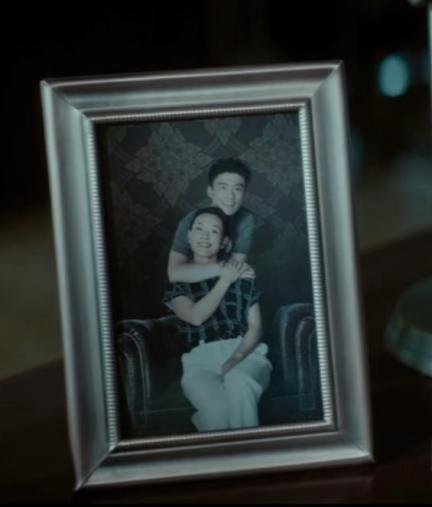
Figure 7: Photo of Lawen and Sucha
3.2.3. Lawen's Ending Costume
From the sophisticated hairstyles in Figures 5 and 7 to the slightly dishevelled hair in Figure 8, it shows that the character has lost her strength and is only left with the grief of being a mother who has lost her son. The costumes in Figure 8 and Figure 7 are similar in that Lawen wears the same striped shirt in both images, but different trousers. In Figure 8, the black trousers are worn with the shirt to create a uniform black colour scheme that also shows the depressed mood of the character at this time.
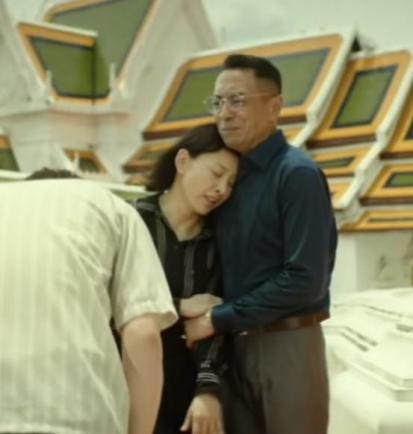
Figure 8: Lawen's Search for Truth
4. Research findings
4.1. The role of make-up in characterisation
In the film, make-up can provide the character image needed for the plot and assist the actor in interpreting the role played. Make-up can also be used to show a character's mood and mental state, such as in the film “Sheep Without a Sheperd”, where the intensity of the lipstick and the presence or absence of eyeliner are used to show Lawen's mental state of being confident and strong to being powerless and vulnerable at the end. Although the actor may have very good acting skills, the performance of the character cannot be completed perfectly without reasonable film make-up to assist the character [10]. Film costumes can also portray a character by creating a visual impact on the screen for the audience. The colour of the costume can reveal the character's personality. Clothing can also reflect the status class of the character, for example, in the listed case study, Lawen's uniform rank is more than that of the other police officers, which can reflect Lawen's status as the chief of the police station, and it also provides a reasonable background basis for the various behaviours of the character in the plot development, which makes the audience more convinced of the existence of the character and the plausibility of the story.
4.2. Problems with film make-up
First of all, excellent make-up artists and costume designers are also essential in the film production crew. However, at present, more make-up artists lack skills and professional training, the number of people engaged in film and television costume design is relatively small, and the overall quality is not balanced [10]. More designers cannot design make-up according to the actors' characteristics. Secondly, people's aesthetic awareness of film and television make-up design is not high, the design lacks market demand [6]. Mainly reflected that some film and television crew pursued economic interests too much, but ignored the artistic qualities of the make-up itself.
In the face of the above problems, there are the following countermeasures for reference: Firstly, designers need to explore the content of the script in depth, and combine it with the current trend of the times, and reasonably integrate it into the make-up without destroying the background of the story. Secondly, they need to pay attention to the similarities and differences between the actors and the characters, and use the make-up to build a bridge between the two, so as to achieve harmony between the characters and the actors. Finally, we should focus on cultivating the required talents, and improving the aesthetics and technology with the times.
5. Conclusion
This study argues that make-up plays an important role in the portrayal of film characters. Make-up can visually show the character's personality traits, status, psychological development, etc. It is an important tool for characterisation and can help actors express the character's characteristics more accurately. However, at present, the development of film make-up still has problems such as fewer quality talents and insufficient aesthetics. It is hoped that through this study, the film and television industry can pay more attention to the degree of make-up and create better and better quality films. This study has not done an accurate investigation on the market situation, and the research is not comprehensive enough, etc. In the future, we will carry out actual investigation and research on the issue of film make-up and study more literature materials to obtain more comprehensive conclusions.
References
[1]. Nabilah, Zulfa Yasmin, and Budi Dwi Arifianto. "The Role of Makeup and Costume Artists in Creating a Theatrical Mise En Scene in the Fantasy Film Abracadabra." Proceeding ISETH (International Summit on Science, Technology, and Humanity) (2023): 1864-1871.
[2]. Lathrop, Gail, and David O. Sutton. "Elements of mise-en-scene." Retrieved on January 3 (2014).
[3]. Sreekumar, Jayakrishnan, and Amrita Vishwa Vidyapeetham. "Creating Meaning through Interpretations: A Mise-En-Scene Analysis of the Film ‘The Song of Sparrows.’." Online Journal of Communication and Media Technologies 5.September (2015): 26-35.
[4]. Qiang Gu, D. F. A., and Ren Zhou. "The Role Shaping of Film Makeup in the Evolution of Social Concepts: Taking Representative Works from Different Historical Periods as an Example." Cultura: International Journal of Philosophy of Culture and Axiology 22.1 (2025).
[5]. Yin, Fenghui. "Analysis of the Role of Costume Design in Shaping the Characters of Film and Television." Frontiers in Art Research 5.6 (2023).
[6]. Jung, Jeewon, and Eunsil Kim. "A Study of the Costumes and Make-up in the Movie." Journal of Fashion Business 19.3 (2015): 14-30.
[7]. Bezruchko, Oleksandr, et al. "Stage costume as an important element of the subject environment in cinema and theatre." E-Revista de Estudos Interculturais 12 (2024).
[8]. Zhang, Jing, and Cheng, Lan. "An Aesthetic Analysis of the Film Sheep Without a Shepherd." Satellite TV and Broadband Multimedia, no. 12, (2020), pp. 281–283.
[9]. Luo, Ziwen. "A Brief Analysis of the Audiovisual Language Features in the Film Sheep Without a Shepherd." Sound and Screen World, no. 12, (2020), pp. 44–45.
[10]. AJAYI, Toluwalope Mofoluwaso. "An Examination of the Use of Special Effects Make-Up in the Nigerian Film Industry (Nollywood)." International Journal of Contemporary Research in Humanities 1.1 (2023): 269-284.
Cite this article
Hong,F. (2025). The Positive Effect of Make-up on the Portrayal of Characters in Films—An Example from the Film “Sheep Without a Sheperd”. Lecture Notes in Education Psychology and Public Media,82,75-80.
Data availability
The datasets used and/or analyzed during the current study will be available from the authors upon reasonable request.
Disclaimer/Publisher's Note
The statements, opinions and data contained in all publications are solely those of the individual author(s) and contributor(s) and not of EWA Publishing and/or the editor(s). EWA Publishing and/or the editor(s) disclaim responsibility for any injury to people or property resulting from any ideas, methods, instructions or products referred to in the content.
About volume
Volume title: Proceedings of the 3rd International Conference on Social Psychology and Humanity Studies
© 2024 by the author(s). Licensee EWA Publishing, Oxford, UK. This article is an open access article distributed under the terms and
conditions of the Creative Commons Attribution (CC BY) license. Authors who
publish this series agree to the following terms:
1. Authors retain copyright and grant the series right of first publication with the work simultaneously licensed under a Creative Commons
Attribution License that allows others to share the work with an acknowledgment of the work's authorship and initial publication in this
series.
2. Authors are able to enter into separate, additional contractual arrangements for the non-exclusive distribution of the series's published
version of the work (e.g., post it to an institutional repository or publish it in a book), with an acknowledgment of its initial
publication in this series.
3. Authors are permitted and encouraged to post their work online (e.g., in institutional repositories or on their website) prior to and
during the submission process, as it can lead to productive exchanges, as well as earlier and greater citation of published work (See
Open access policy for details).
References
[1]. Nabilah, Zulfa Yasmin, and Budi Dwi Arifianto. "The Role of Makeup and Costume Artists in Creating a Theatrical Mise En Scene in the Fantasy Film Abracadabra." Proceeding ISETH (International Summit on Science, Technology, and Humanity) (2023): 1864-1871.
[2]. Lathrop, Gail, and David O. Sutton. "Elements of mise-en-scene." Retrieved on January 3 (2014).
[3]. Sreekumar, Jayakrishnan, and Amrita Vishwa Vidyapeetham. "Creating Meaning through Interpretations: A Mise-En-Scene Analysis of the Film ‘The Song of Sparrows.’." Online Journal of Communication and Media Technologies 5.September (2015): 26-35.
[4]. Qiang Gu, D. F. A., and Ren Zhou. "The Role Shaping of Film Makeup in the Evolution of Social Concepts: Taking Representative Works from Different Historical Periods as an Example." Cultura: International Journal of Philosophy of Culture and Axiology 22.1 (2025).
[5]. Yin, Fenghui. "Analysis of the Role of Costume Design in Shaping the Characters of Film and Television." Frontiers in Art Research 5.6 (2023).
[6]. Jung, Jeewon, and Eunsil Kim. "A Study of the Costumes and Make-up in the Movie." Journal of Fashion Business 19.3 (2015): 14-30.
[7]. Bezruchko, Oleksandr, et al. "Stage costume as an important element of the subject environment in cinema and theatre." E-Revista de Estudos Interculturais 12 (2024).
[8]. Zhang, Jing, and Cheng, Lan. "An Aesthetic Analysis of the Film Sheep Without a Shepherd." Satellite TV and Broadband Multimedia, no. 12, (2020), pp. 281–283.
[9]. Luo, Ziwen. "A Brief Analysis of the Audiovisual Language Features in the Film Sheep Without a Shepherd." Sound and Screen World, no. 12, (2020), pp. 44–45.
[10]. AJAYI, Toluwalope Mofoluwaso. "An Examination of the Use of Special Effects Make-Up in the Nigerian Film Industry (Nollywood)." International Journal of Contemporary Research in Humanities 1.1 (2023): 269-284.










